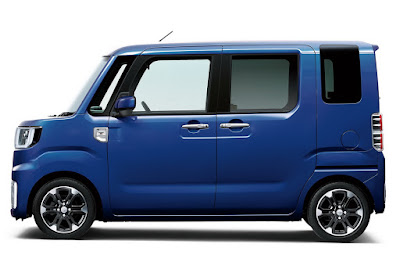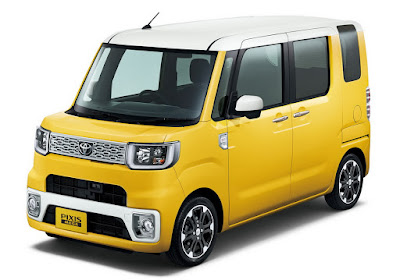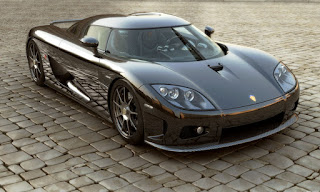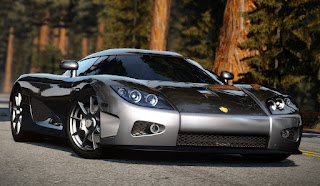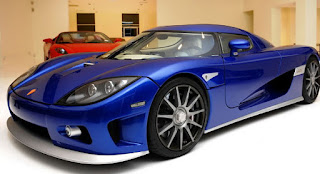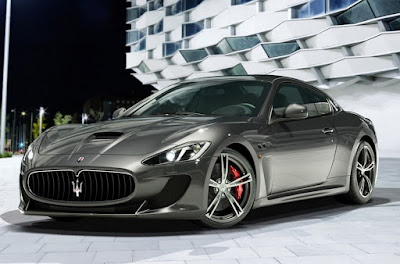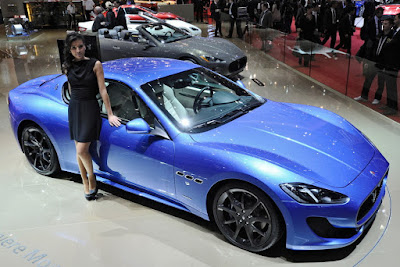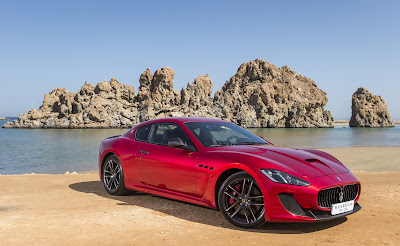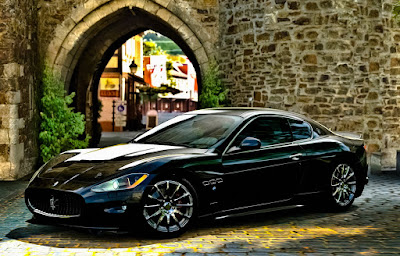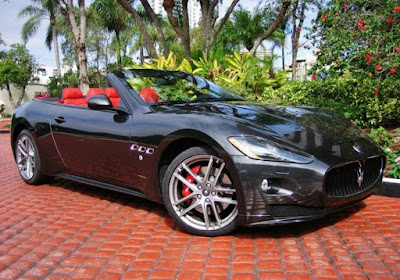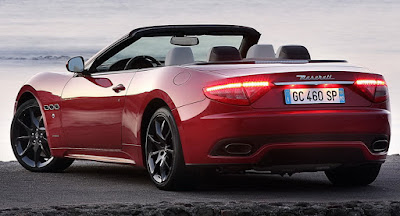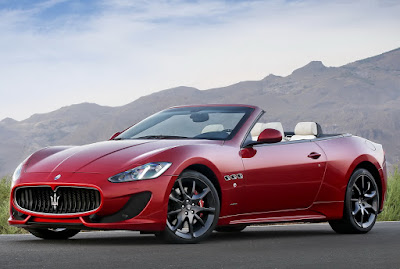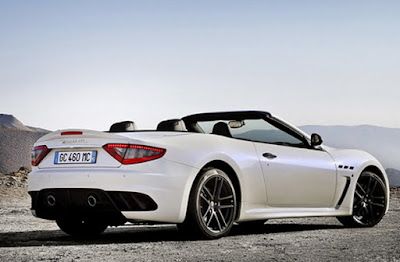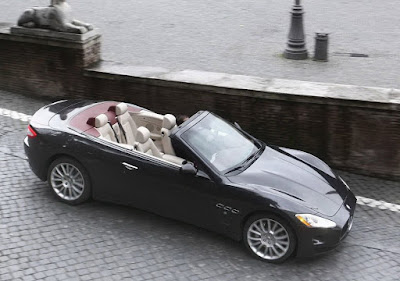Kei car kind of car is quite flourishing in Japan . Its tiny and cute make kei car demand, many people in Japan . Now , Toyota introduced the Toyota Pixis Mega kei car , the new model looks like a toy car .
Toyota Motor presents a mini car ( kei car ) Pixis latest in the family line , namely Mega , in Japan . Although small , this car can accommodate four people . Mega complement Pixis models previously present , namely Space and Epoch . This car was built by Daihatsu and Toyota brands marketed over .
Pixis Mega offers the flexibility of customized various needs and lifestyles of consumers in Japan . High cabin space 1,455 millimeters , while the overall height of 1,835 mm car . This makes the cabin roomy enough to accommodate four adults . Visibility of the driver is also designed as the minivan . Similarly, as quoted from the press release Toyota Motor .
Back door using a sliding door system that provides ease of access for admission for adults. The door is opened using a one-touch system to help passengers. At the rear there is still room for luggage which can certainly carry objects with a height of more than 1 meter. Toyota claims, kei car also offers a fairly large trunk space. There is a special storage space under the floor of the trunk with a capacity of 90 liters. As with other kei car, Toyota Pixis Mega powered by 660 cc petrol engine. The car was offered in two versions, with a naturally aspirated which has a maximum power of 51 horsepower or a turbocharged capable of spraying up to 63 horsepower.
Meanwhile, to support the car because the handling is quite high, the setting of the suspension was made more rigid. Shock absorbers also larger paired plus stabilator. At the heart of the drive, Mega Pixis using 600 cc engine combined with CVT automatic transmission system. To improve fuel efficiency, Pixis Mega uses eco-IDLE and idling-stop feature.
Mega Pixis variant with front-wheel drive fuel consumption of 25.4 kilometers per liter. While the engine for four-wheel drive variants plus intercooled turbo that already comply with the consumption of fuel efficiency standards by at least 25 per cent set by the Government of Japan for 2015.
Front-wheel drive version of the car is marketed at a price of 1.35 million yen, or approximately Rp146 million, while the entire wheel drive variant priced at 1.5228 million yen or approximately 164.8 million.
Toyota Motor presents a mini car ( kei car ) Pixis latest in the family line , namely Mega , in Japan . Although small , this car can accommodate four people . Mega complement Pixis models previously present , namely Space and Epoch . This car was built by Daihatsu and Toyota brands marketed over .
Pixis Mega offers the flexibility of customized various needs and lifestyles of consumers in Japan . High cabin space 1,455 millimeters , while the overall height of 1,835 mm car . This makes the cabin roomy enough to accommodate four adults . Visibility of the driver is also designed as the minivan . Similarly, as quoted from the press release Toyota Motor .
Back door using a sliding door system that provides ease of access for admission for adults. The door is opened using a one-touch system to help passengers. At the rear there is still room for luggage which can certainly carry objects with a height of more than 1 meter. Toyota claims, kei car also offers a fairly large trunk space. There is a special storage space under the floor of the trunk with a capacity of 90 liters. As with other kei car, Toyota Pixis Mega powered by 660 cc petrol engine. The car was offered in two versions, with a naturally aspirated which has a maximum power of 51 horsepower or a turbocharged capable of spraying up to 63 horsepower.
Meanwhile, to support the car because the handling is quite high, the setting of the suspension was made more rigid. Shock absorbers also larger paired plus stabilator. At the heart of the drive, Mega Pixis using 600 cc engine combined with CVT automatic transmission system. To improve fuel efficiency, Pixis Mega uses eco-IDLE and idling-stop feature.
Mega Pixis variant with front-wheel drive fuel consumption of 25.4 kilometers per liter. While the engine for four-wheel drive variants plus intercooled turbo that already comply with the consumption of fuel efficiency standards by at least 25 per cent set by the Government of Japan for 2015.
Front-wheel drive version of the car is marketed at a price of 1.35 million yen, or approximately Rp146 million, while the entire wheel drive variant priced at 1.5228 million yen or approximately 164.8 million.


